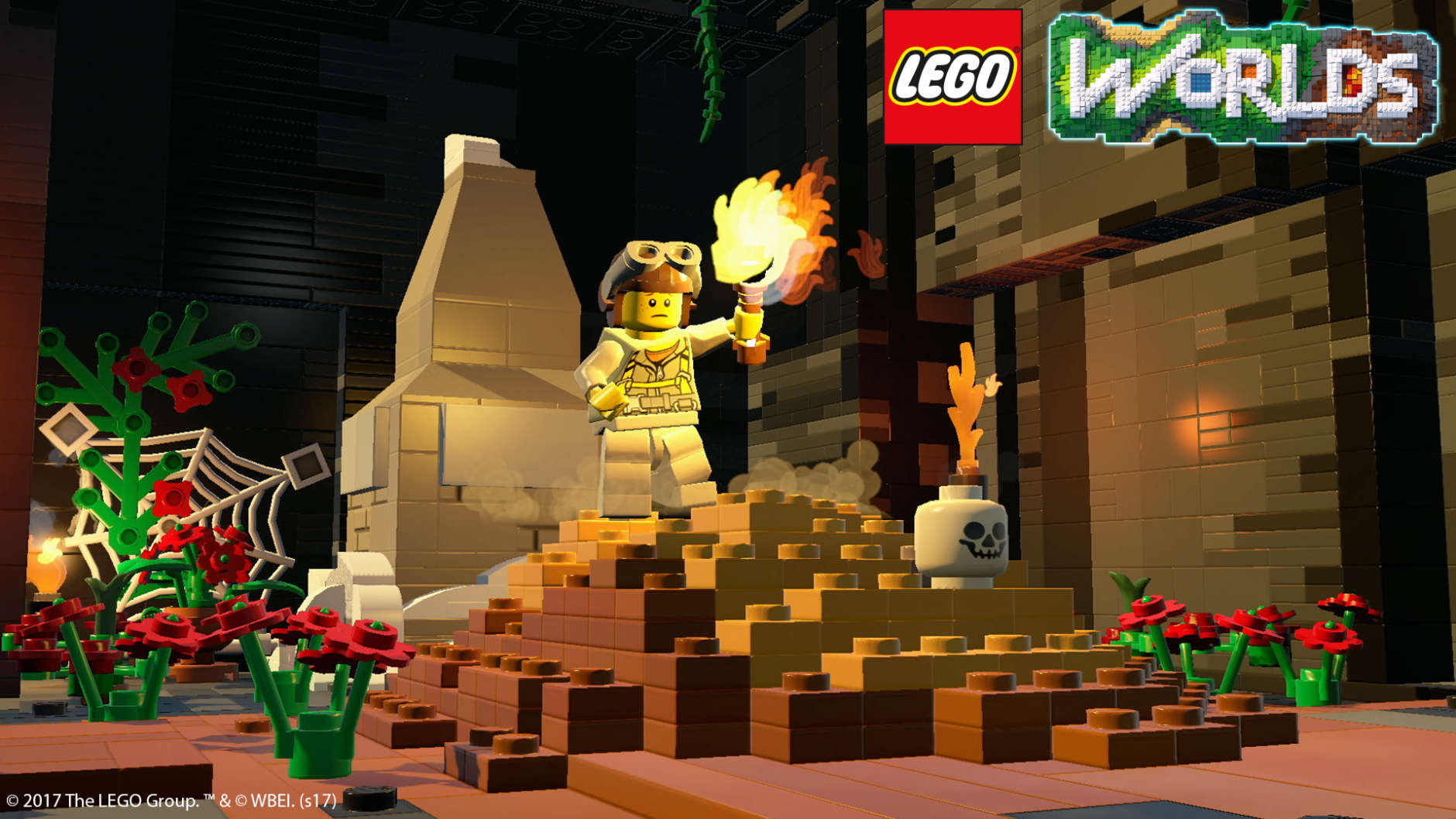
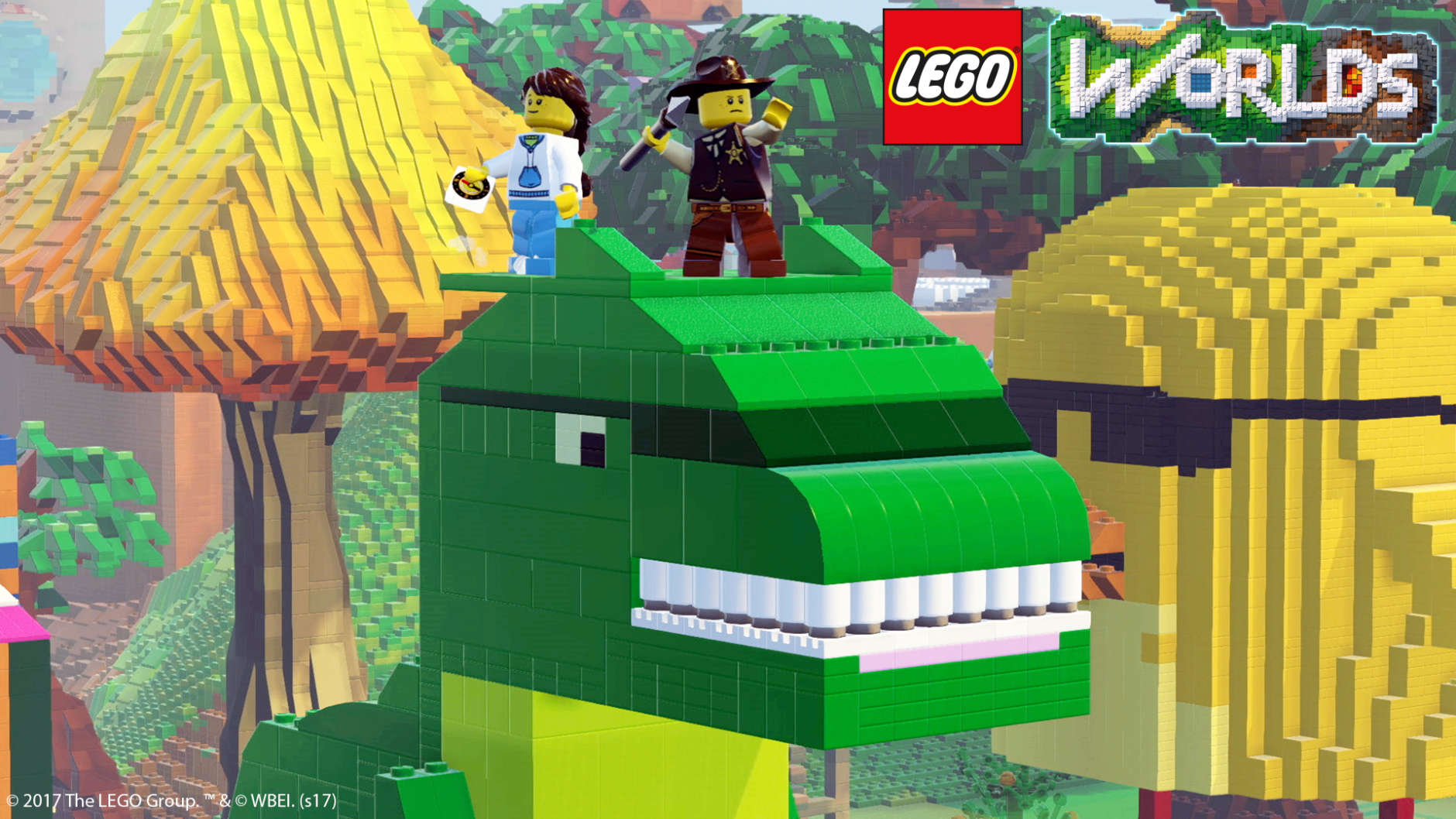
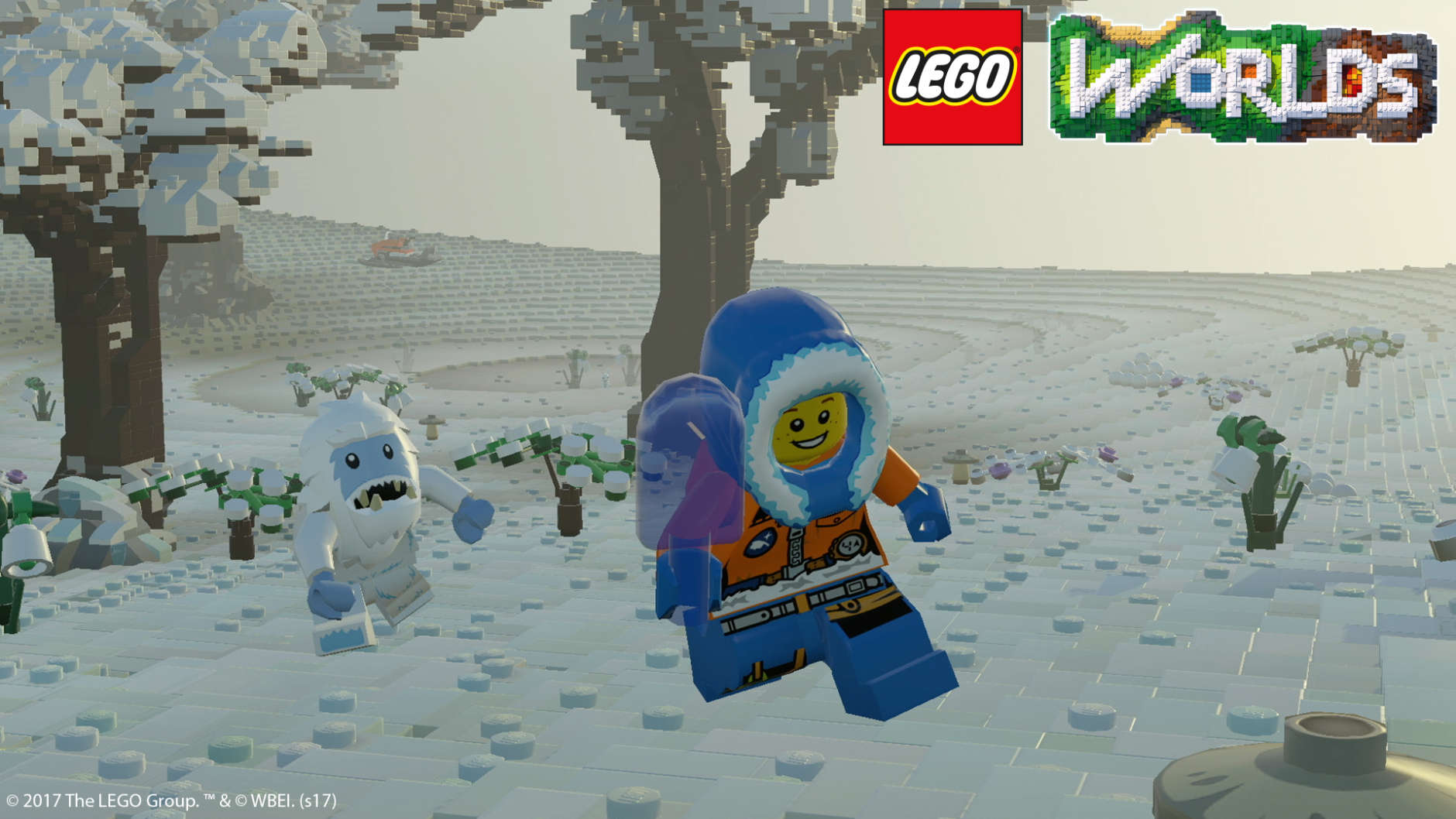
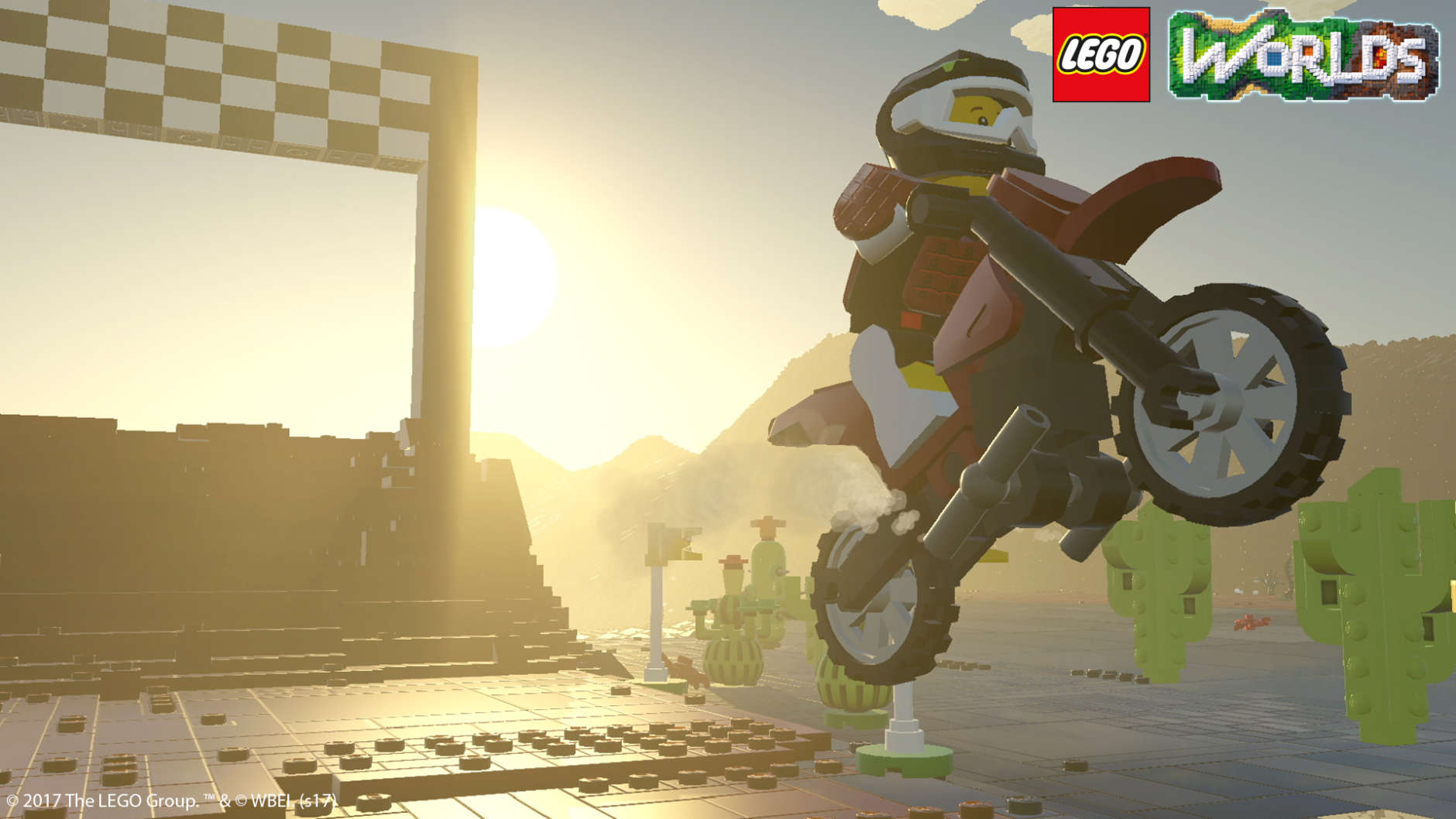
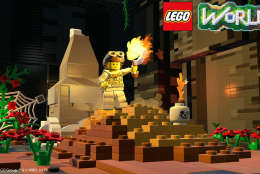
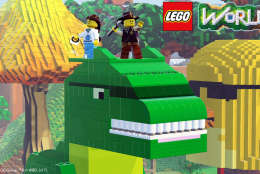
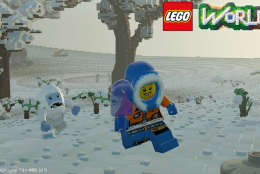
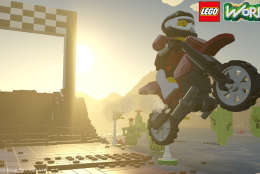
WASHINGTON — The latest Lego video game is fun, but don’t expect it to knock your block off.
It’s fitting that Lego finally has an open-world, Minecraft-esque title of its own.
After all, the creator of the industry-changing and wildly popular Minecraft, Markus Persson, said he may have been “subconsciously” (who are we kidding here) inspired by the block toys when he made his magnum opus.
I have a shameful number of hours in Minecraft, loved Legos, Construx (if anyone remembers those) and Lincoln Logs (if anyone remembers those, either) growing up.
The first Lego game that I fell in love with was 2005’s Lego Star Wars: The Video Game. It was adorable and funny, oozing with charm. The ability to “couch co-op” made it all the more endearing because I could play with my brother on a whim. Lego Star Wars was also the first in the TT Games — a British company and subsidiary of Warner Bros. Interactive Entertainment — Lego franchise.
It was a heck of a hit.
What followed was a cavalcade of licensed Lego video games, often more than one per year. And that doesn’t include games for Lego’s original properties.
The world then got more in the form of Lego Star Wars, Lego Batman, Lego Indiana Jones, Lego Pirates of the Caribbean, Lego Harry Potter … You get the idea.
Despite the ridiculous number of titles, they’re all pretty solid. The quirky charm is there. People want to play them.
But Lego Worlds is a bit disappointing as a whole.
The good is very good: Again, I’ll call it the “quirky charm” that TT Games so excels at, coupled with colorful scenery, a wonderful (if rare, and we’ll get to that) narrator, a stunning amount of content to explore and the game’s own genuine impetus on being creative.
The bad is very bad: The user interface is clunky, the combat is a chore, the controls are a bit wonky, the camera seems to actively fight against the player at times and, while I realize this is a sandbox game, there’s no narrative impulse to keep playing other than reaching the rank of Master Builder.
When the game starts, you find yourself hurtling through space, attempting to drink coffee.
A meteoroid slams into your ship (linguistic pro tip: meteoroids are rocky or metallic bodies in space, meteorites have survived their trips as meteors through the Earth’s atmosphere to impact on its surface) and damages your vessel.
Your goofy astronaut makes an emergency landing and parks next to some Lego pirates in need.
In short form, the narrator (played by the always-amazing, yet uncredited Peter Serafinowicz) introduces you to the world and game you’ve crashed into.
This is where Lego Worlds feels like a TT Games title. It’s colorful. It’s fun. You’re being engaged, guided and encouraged to do rightfully-silly actions by the narrator to build the pirates an outlandish clock tower and throne and corral animals.
The reward for those actions are Gold Bricks, which is how you level up in the game to attain new ranks of Builder, working your way to the Master class.
But that’s … kind of it.
After enough Gold Bricks, you’re allowed to launch to another planet, where you solve more short quests to get more Gold Bricks. Unlock more areas to explore. Get more Gold Bricks. Repeat.
It’s great during the first hour (it may not even be that long) when Serafinowicz is there to push you along. He’s the best part of the experience. But afterward, his influence has fled and it gets to be boring and grindy.
Case in point: When you reach a certain number of Gold Bricks, the type of worlds you can reach by spaceship increases. You can search for and land on a seemingly-infinite number of Lego worlds, all of varying flora and fauna.
But that’s the only big switch.
The locales and the Lego blocks change, the missions remain the same: Find something for a non-player character, build something for a non-player character.
Where you go, what new Lego pieces and creatures are there for you to discover, is fantastic. And at max-graphics on PC, it’s a very pretty experience. There’s much to explore. Much to see.
Every destination for your astronaut is, in and of itself, a new world with its own day-night cycle and population.
It’s great.
But then there are the technical issues.
If I plunge my character into a dungeon to hunt for loot and battle “Jason and the Argonauts”-style skeletons, why does the camera clip through everything in the middle of that fight or get stuck on a wall? Why is there no target-lock option for combat, leaving me to flail in various directions? Why does my ship disappear unless I pass it and turn around?
It’s a little … tiny … bit infuriating.
Lego Worlds isn’t a game so much as it is a toy box. It’s a series of short trials that you need to get through to access all of its components. That, in and of itself, is fine — and it’s a very, very big toy box that encourages the player to go all out and be original.
For young children, this is probably an adventure they’re happy to take.
The question is whether or not $30 (on Steam, prices may vary across different platforms) is worth the experience. If it were a full-price, $60 release, I would say no. Too many publishers get away with that garbage as it is. At $30, it’s worth checking out — and don’t forget that Steam recently changed its policies on refunds. If you’ve played a title for less than two hours, you can get your money back.
Lego Worlds currently has a “very positive” rank on Steam. It’s rated E10+ and is available now on PC, Xbox One and PS4.
Editor’s Note: This review is for the PC version of Lego Worlds via a Steam game code provided by Warner Bros. Interactive Entertainment. The PC used for the review was a personal Sager laptop, Intel i7-4720HQ, 16 gigs of RAM, an SSD and an Nvidia GeForce GTX 980M.







